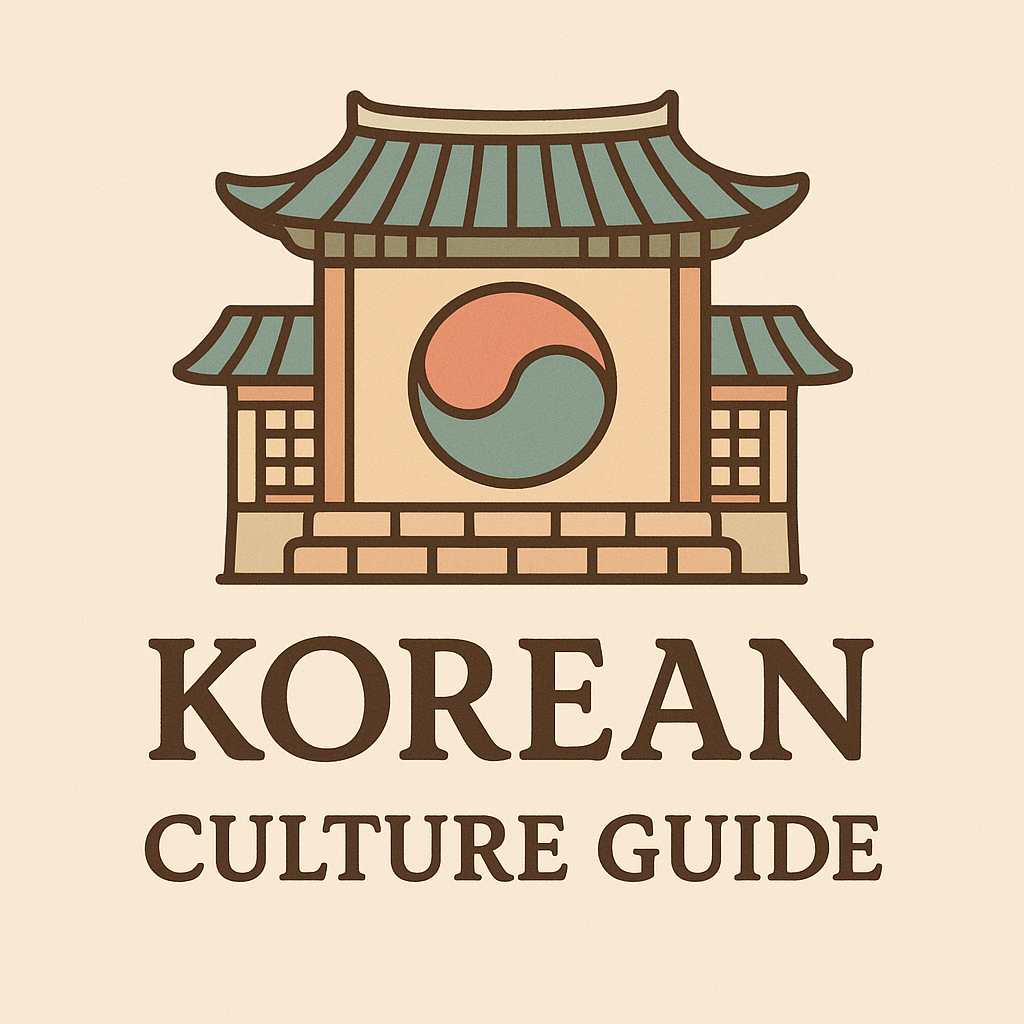-
contents
Rice Beyond the Bowl
When we think of rice, we often think of nourishment, family dinners, or perhaps an essential ingredient in Asian cuisine. But for Koreans in centuries past, rice was not just food—it was spiritual armor, healing agent, and a channel to the divine. In ancient Korea, rice permeated every facet of life, from birth to death, from healing to exorcism. This article explores the deeply symbolic and multifunctional role of rice in Korean traditional culture—beyond what was served on the table.
Rice in Ancestral Rituals: Feeding the Spirits
In traditional Korean ancestral rites (제사, jesa), rice was considered sacred—not just as an offering but as a medium of communication. During jesa, a bowl of freshly steamed white rice was placed before ancestral tablets. The belief? That ancestors would spiritually consume the essence of the food, especially rice, which symbolized abundance and purity.
Placing chopsticks upright in rice, typically a funeral taboo, was acceptable during rituals. The vertical chopsticks resembled incense and served as an invitation for the spirits to dine. Thus, rice wasn't merely symbolic—it was a gateway to the spirit world.

Rice as a Healing Agent: Folk Medicine of the Fields
Korean traditional medicine didn’t just revolve around ginseng and herbs. Cooked rice, rice water (ssal-mul), and scorched rice (nurungji) played significant roles in home remedies. For instance:
- Rice water was used to treat diarrhea and indigestion. It soothed the stomach lining and restored hydration, especially for children.
- Nurungji tea—a drink made by boiling scorched rice in water—was a go-to remedy for hangovers and fatigue.
- Fermented rice became a base for rice wine (막걸리), which was sometimes used in medicinal tonics.
Mothers even used rice paste to cool fevers on children’s foreheads. Its softness and purity made it a safe and effective folk solution long before pharmaceuticals.
Magical Beliefs and Rice: Protection Against Evil
One of the most fascinating uses of rice was its role in folk magic. Rice was believed to carry yang energy—positive, life-giving power. To ward off evil spirits or bad luck, Koreans scattered handfuls of raw rice at entrances or crossroads, especially after attending funerals.
In shamanic rituals (gut), rice was tossed into the air to cleanse a home of misfortune. In some regions, a bride entering her husband's home for the first time would step over a bowl of rice, symbolizing fertility, prosperity, and the start of a pure new life.
These beliefs weren't baseless superstition—they reflected a worldview where rice was both sacred and potent, a physical barrier between chaos and order.
Rice in Pregnancy and Childbirth Customs
During pregnancy, women were often told to avoid stepping over rice or spilling rice, as it might disturb the harmony of the fetus. After birth, steamed rice with seaweed soup (미역국) was more than a recovery meal—it was part of a spiritual cleansing.
Midwives used sticky rice to create protective talismans (부적) to guard against evil spirits targeting newborns. A handful of rice tied in white cloth might be hung above the baby’s cradle for protection, acting as a silent guardian until the baby grew stronger.
Rice Cakes and Symbolism: Tteok for Transformation
No discussion of Korean rice traditions is complete without tteok (rice cakes). While delicious, their role was largely ceremonial. At weddings, birthdays (especially 돌잔치, the 1st birthday), and harvest festivals, tteok represented hope, transformation, and social harmony.
- Baekseolgi (steamed white rice cake) represented purity and was served during first-birthday parties.
- Injeolmi, made by pounding glutinous rice, symbolized resilience and unity—perfect for communal rituals.
Gifting tteok was also a deeply symbolic act of sharing good fortune.
More Than a Grain
To the traditional Korean mind, rice was more than a crop—it was life itself. From calling on ancestors to healing the sick, from chasing away misfortune to celebrating milestones, rice was embedded in every stage of life. It functioned not just as nourishment but as medicine, ritual tool, and even spiritual currency.
In modern times, much of this symbolic meaning has faded, yet traces remain—especially in ceremonies and old wives’ tales still whispered across generations. Understanding these forgotten dimensions of rice brings us closer to the heart of Korean heritage, where even a humble grain could bridge the earthly and the divine.
'culture' 카테고리의 다른 글
K_Culture Guide
Korea Vibes Blog shares real stories, cultural insights, and travel tips from Korea. Discover what makes Korean life so unique.
